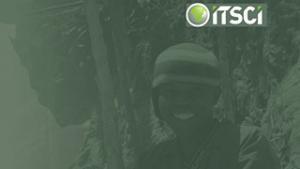 An August 2017 report by the US Government Accountability Office (GAO) on conflict minerals in the DRC has highlighted published data on the reduced presence of armed groups at 3T sites, while noting very little progress with regard to gold.
An August 2017 report by the US Government Accountability Office (GAO) on conflict minerals in the DRC has highlighted published data on the reduced presence of armed groups at 3T sites, while noting very little progress with regard to gold.
The report consolidated information on the supply chain for artisanal gold in the DRC and evaluated efforts to encourage its responsible sourcing. Although some efforts are underway to establish frameworks for gold, these efforts are still mostly in pilot phases and lack economic incentives, scalable traceability systems and political will. According to research organization IPIS, 64% of all gold miners work under an armed presence.
By contrast the report references a set of published reports on 3T mining in DRC concluding that they show significant progress in recent years.
Similar data from IPIS for minerals from a selected sample of 3T sites and published on their website as ‘Analysis of the Interactive Map of Artisanal Mining in Eastern DR Congo’, showed that even by 2015 armed presence had reduced. iTSCi has since scaled up to monitor many more mine sites across the region.
A series of publications by the UN Group of Experts, OECD and the Enough Project are also referenced in the report, demonstrating continuous improvements in 3T mining in the region, supporting responsible sourcing. These reports are based on extensive fieldwork and data analysis.
The 2010 Dodd-Frank Wall Street Reform and Consumer Protection Act included a provision for the GAO to annually assess the SEC regulations’ effectiveness in promoting peace and security in the DRC and adjoining countries. In April 2017, GAO reported on companies’ disclosures, in response to the SEC regulations, of minerals they used in calendar year 2015.
